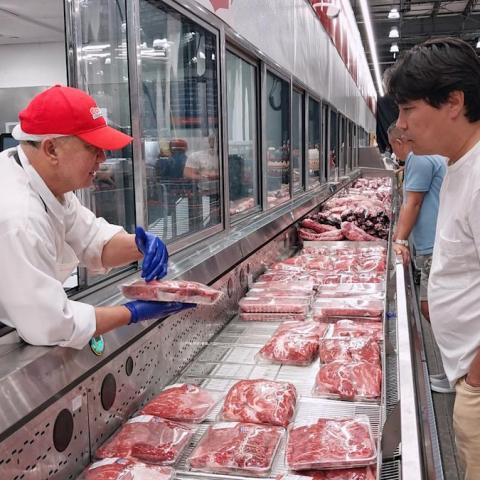I’ll be honest: I didn’t start eating vegan out of pure goodness. Curiosity and a bit of fear of missing out made me trade milk lattes for oat milk and late-night burritos for bean bowls.
After thirty days, I ended up with a notebook filled with useful lessons—some surprising, some humbling. Here are seven insights you can take away, whether you’re thinking about going vegan or just want to try something new.
Navigating the Kitchen
Day one felt like landing in a new country without a map. My usual “protein + green + sauce” plan didn’t cut it. I had to adapt quickly. Here’s how:
Batch Cooking: Every Sunday, I cooked a big batch of lentils and chickpeas. They added protein and texture to meals.
Flavor Boosting: I discovered the joys of smoked paprika, miso, and tahini. A spoon of miso in soup adds richness, while a sprinkle of paprika gives roasted veggies a smoky twist.
Not every dish was gourmet, but by the end of the week, cooking became enjoyable.
Energy and Well-being
I kept an eye on how I felt each day. Around the tenth day, I noticed I was more focused in the afternoon. No more 3 p.m. energy crashes! Research from the Academy of Nutrition and Dietetics supports that well-planned plant-based diets can improve health.
I made sure to get enough B12, iron, and omega-3s. Fortified plant milk helped with B12, and I added ground flaxseed to my meals. While I didn’t run any official tests, I felt a noticeable energy boost.
Social Moments and Conversations
The biggest challenge? Casual conversations at parties.
Questions like, “Where do you get your protein?” surprised me. Initially, I gave long-winded answers. By week three, I realized sharing my experiences was more engaging than giving stats. I talked about my slip-ups (like munching on honey-mustard pretzels) and wins (like discovering cashew queso tastes better than dairy!). Humor transformed these questions into real conversations.
Grocery Shopping Changes
My grocery bills revealed a lot about my spending habits:
Saved on Meat: Skipping cheese and chicken brought my costs down significantly.
Loaded on Produce: Vegan snacks, though tempting, could quickly eat away at my budget.
Overall, I saved about 12% when I looked at my receipts—once I cut out pricey vegan treats. A good tip? Check bulk bins first, then find room for specialty items.
Building Good Habits
As habits expert James Clear says, “You do not rise to the level of your goals. You fall to the level of your systems.” I built a couple of easy systems:
Default Meals: I had three go-to recipes—overnight oats, lentil chili, and tofu stir-fry—for busy days.
Snack Readiness: Keeping roasted chickpeas in my bag saved me from junk food temptations.
Having these systems in place made the month surprisingly easy.
Environmental Awareness
Midway through my experiment, I stumbled upon climate research. The 2019 IPCC land-use report suggests that plant-based diets could help combat climate change.
This perspective changed how I thought about my meals. Swapping beef for beans might seem small, but if many people do it, it adds up. Knowing this made every chickpea dish feel more meaningful.
What Stuck and What Didn’t
As my thirty days wrapped up, here’s what I decided to keep:
- Stayed: Oat milk cappuccinos and my weekly lentil cooking ritual.
- Faded: The strict no-animal rule. I’ve added an occasional sushi night, but plants still make up 90% of my diet.
- Gained: A deeper awareness of ingredients and their stories. Food labels became like mini-biographies.
This experiment wasn’t about perfection; it was a chance to explore what works.
In Conclusion
Would I recommend trying a month of vegan eating? Absolutely! It can shake up your routine and give you fresh insights into your habits, social life, and cooking.
You might stick with it, become a flexitarian, or simply find a delicious recipe. Whatever happens, the real win is learning to make intentional choices—a habit worth nurturing.





















